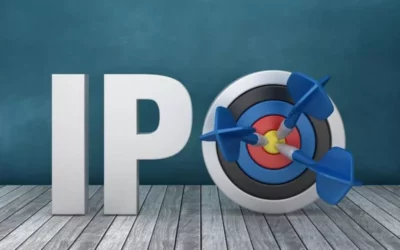Coronavirus disease (COVID-19) is an infectious disease caused by a newly discovered coronavirus.
Since the onset of the virus in late 2019, the world has been battling vigorously against this virus. The medical personnel has been on the front line, helping people day and night.
It marked a milestone when the Covid-19 vaccines hit the markets. As far as our country is concerned, there are two options available; Oxford–AstraZeneca vaccine manufactured under license by the Serum Institute of India under the trade name Covishield and Covaxin- a vaccine developed locally by Bharat Biotech.
From a personal perspective, the need of the hour is to battle this deadly virus by taking all the precautions and for the government to increase the vaccination supply as it would be highly beneficial for each individual to be immunized before the onset of the predicted third wave. India’s Covid-19 Vaccination campaign has struggled to keep pace with demand but recently the government has launched several initiatives to increase the number of vaccinations administered pan India. Maximum people must get fully vaccinated in the upcoming months. The world’s second-most populous country has administered more than 300 million vaccinations since the beginning of the campaign.
India began the administration of COVID-19 vaccines on 16 January 2021. The first phase of the vaccine rollout involved health workers and frontline workers including police, paramilitary forces, sanitation workers, and disaster management volunteers.
As of 30 June 2021, India has administered over 335 million doses overall, including first and second doses of the currently approved vaccines.
Each vaccination center offers either Covishield or Covaxin, but not both. There have been apprehensions in the minds of the people since the beginning of the vaccination drive. Most people are now quickly adapting and getting vaccinated as several studies have proven the vaccinations to be successful against Covid-19. The Indian government is encouraging the population daily through various online campaigns.
Earlier, the vaccines for the age group 45 and above were free and people from the ages of 18-44 had to pay a certain amount for the same. Earlier last month, Prime Minister Narendra Modi announced India’s shift to centralized procurement of Covid-19 vaccines. This shift was made keeping in mind the difficulties that several states faced in procuring and managing the funding of vaccines.
Furthermore, it was also announced that from June 21, every citizen above the age of 18 will be vaccinated for free at vaccination centers run by the Centre or a state government.
As far as private vaccination centers are concerned, People of all ages will have to pay. However, private vaccination centers can charge only ₹150 as a service charge over and above the price of the vaccine.
In my opinion, this made things easier for the people that couldn’t afford to get the vaccines from a private center and were struggling to get a slot booked in the state ones.
Healthcare workers and frontline workers will continue to hold the top priority position at government centers. Along with them, people above the age of 45 will also have to be prioritized since this category accounts for 80% of Covid-related mortality.
I believe there’s a desperate need for the state to amp up the number of vaccination centers in each state. People living in certain remote areas aren’t even getting a chance to book a slot as the small private hospitals there aren’t vaccination sites. Keeping in view equitable distribution and regional balance, the state government must aggregate the demand of private hospitals. Based on this aggregate demand, the Centre must facilitate supply to private hospitals and their payment through the National Health Authority’s electronic platform. This would somewhat enable the smaller and remote areas to obtain an ample and timely supply of vaccines.




